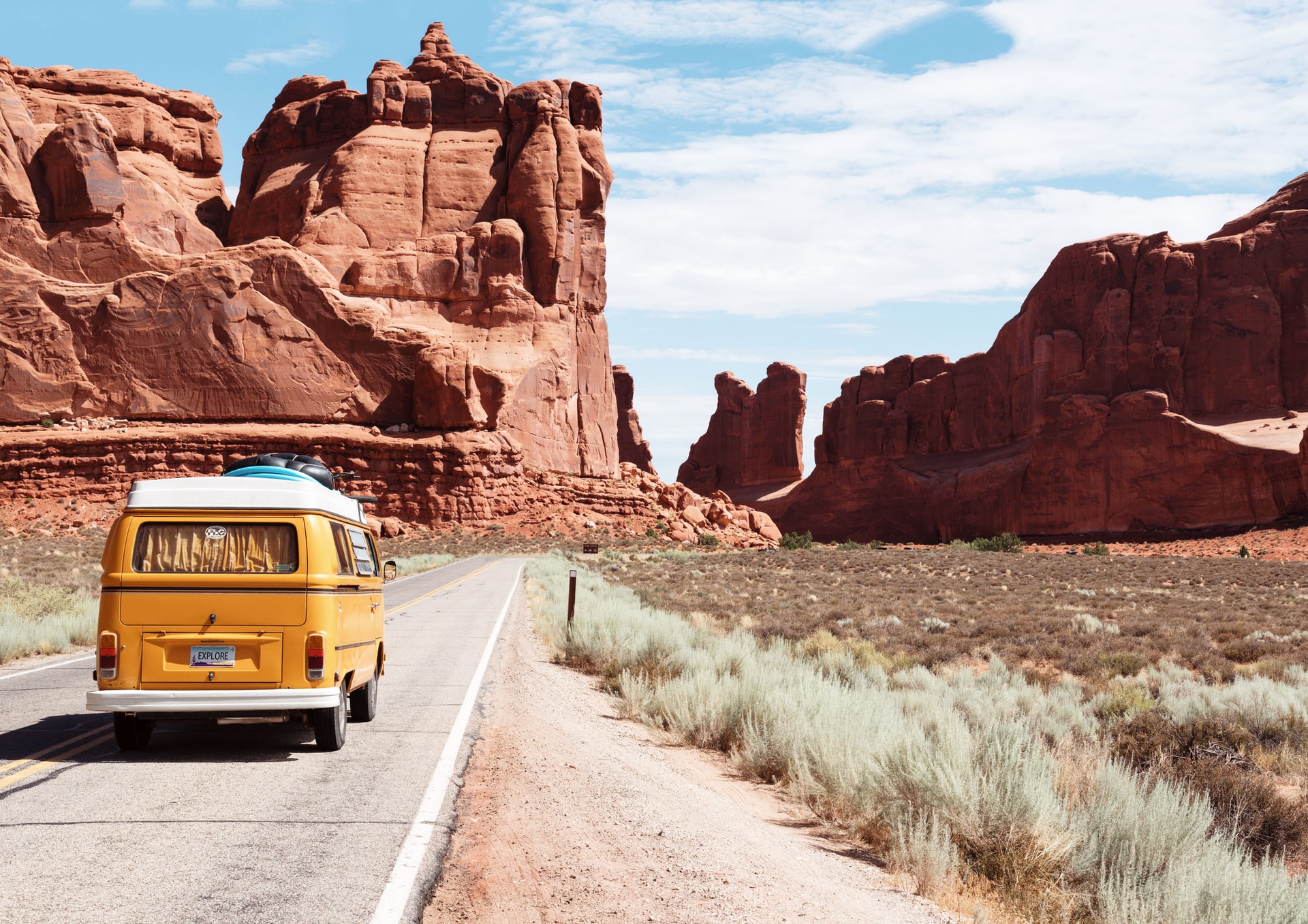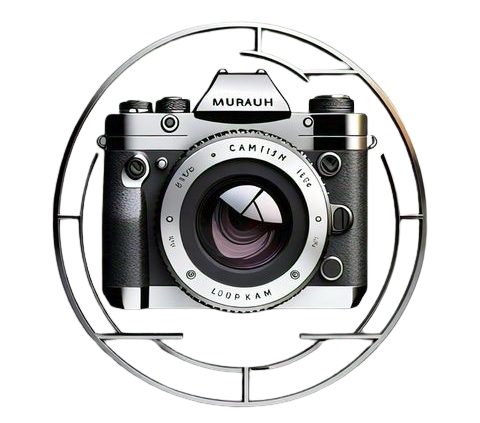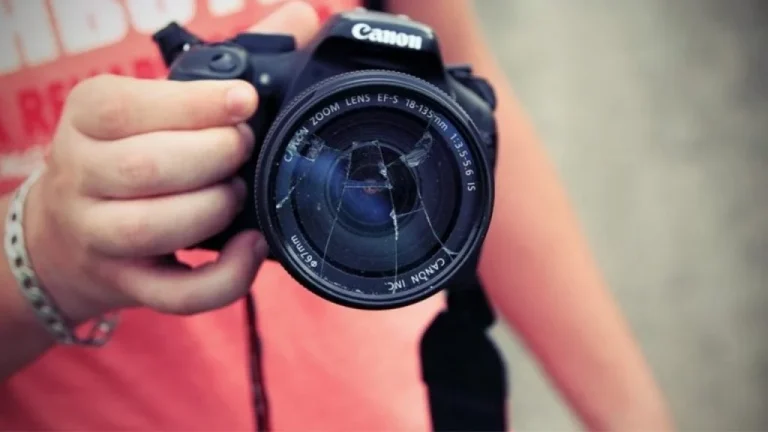Travel Photography: What Is It?
Travel photography is a type of photography that documents the history, customs, landmarks, geography, cultures, and narrative of a destination.
Travel photography — which is the act of photographing while traveling — covers many different types of photography niches such as landscape, architecture, portraiture, food, street photos, adventure photos, and much more. Travel photography can also be found in many pieces of media we regularly encounter — such as tourism brochures, billboards, advertisements, nature magazines, and restaurants.
In this article, we’ll cover everything you need to know about travel photography — including what travel photographers do, how you can become a travel photographer, which equipment will help you capture winning shots, and how you can build and leverage a travel photography brand.
What Is Travel Photography?
Travel photography is the term used to describe the types of photographs that are taken while someone is traveling. The goal of a travel photographer is to capture their adventures and experiences through the lens of a camera, allowing them to be documented and experienced for future viewing.
Popular subjects often shot by travel photographers include landscape, tourist attractions, people, culture, food, history, nature, architecture, and much more. Travel photography is also a broader term often used to describe other smaller sub-genres — such as street photography, landscape photography, architecture photography, and food photography (to name a few).
What Do Travel Photographers Do?
The main goal of a travel photographer is to capture stunning images of their experiences in locations away from home. This allows them to serve as storytellers and educators on the world’s rich diversity — with the power to capture moments in time, just as they were experienced.
As a travel photographer, your main reason for traveling must be for taking photos — which means that being able to take the best possible photographs can become extremely challenging. However, many travel photographers find their career choice to be one of the most fulfilling occupations in the photography world.

How Can You Become a Travel Photographer?
Professional travel photographers have existed for several years. However, in previous times, this profession was mainly limited to explorers who had their work published in popular magazines (such as National Geographic).
The Internet and social media have made travel photography more accessible to the public, increasing work opportunities and earning potential for photographers of this genre.
While it may appear simple to become a travel photographer by simply traveling with a camera, it involves much more than that. Professional travel photography requires a lot of work, time, and skill development. If you want to become a travel photographer, you should take the following steps:
Defining Your Personal and Professional Goals
We highly recommend researching, planning, and defining your personal and professional goals before starting a career in travel photography. Many aspiring travel photographers make the costly mistake of entering the field without a clear vision of their brand objectives. In a highly competitive field like travel photography, having a clear set of long-term goals gives you leverage and a head start.
Outline your goals for a career in travel photography, whether you want to make it a long-term career or use your photography career to travel. For example, you should decide whether a nomadic lifestyle or having a fixed base is better for your operations.
Learning the Art of Travel Photography
As stated previously, becoming a successful travel photographer involves much more than just taking cool photos. Most successful photographers have mastered their craft and are proficient with high-quality equipment, allowing them to capture shots that will truly stand out and wow viewers.
To produce work that meets the standards of magazines, stock image sites, and other outlets that want to purchase travel images, you must become skilled with a DSLR. While smartphone cameras have improved, they still cannot match the quality of a high-end DSLR (like a Canon or Nikon) and a set of standard or professional lenses.
Observing and learning from other professionals will also help you improve your photography. This includes taking travel photography courses, watching YouTube videos, and reading online articles from seasoned pros.
Creating a Brand and Portfolio
Given the competitive landscape created by social media and the internet for photographers, developing a niche or brand is critical. Give your brand a unique name and logo, and define your niche.
Creating a portfolio for your brand and work is also important. Your travel photography portfolio will allow you to show off your work and tell stories about your travels. It will also showcase your work and creative abilities, giving potential clients a sense of your brand goals and overall photography skills.
Consider scaled image features, horizontal-scrolling galleries, accessible menu options, and an intuitive layout design when creating your travel photography portfolio. Your portfolio should only contain your best work and be updated frequently.
Ready to build your travel photography portfolio?
Your online portfolio will be your number-one tool in helping you grow your career in travel photography and winning new clients.
Build My Website
What Education Do You Need To Become a Travel Photographer?
While having a photography or arts degree can be helpful in getting your travel photography business off the ground, formal education isn’t a requirement to pursue a career in travel photography. At the end of the day, your clients will want to see your ability to produce stunning images — not your credentials. This means that while your certificates can certainly spruce up your resume and speak for your experience, your portfolio will be your key tool in impressing your viewers and landing more gigs.
What Are Some Travel Photography Courses You Can Take
If you’d like to sharpen your skills, there are hundreds of travel photography courses online to help you cover the fundamentals and learn to take better photos. Many universities, community colleges, and online workshops feature certificate programs and seminars to help you master your craft.
There are a number of free and paid resources online to take your photography skills to the next level. In our list of photography courses, explore all the classes you can take from renowned brands, education institutes, and professional photographers.
What Skills Do You Need To Become a Travel Photographer?
Some skills you’ll need to succeed as a travel photographer include:
Resiliency
Travel photographers must be organized, flexible, and ready to adapt to time constraints (such as needing to wake up early or stay up late to capture shots of a particular place, event, or person). Traveling isn’t always luxurious; it can be time-consuming, strenuous, and demanding. Long-haul flights can be taxing on the body, causing fatigue, stress, and decreased productivity.
Travel photographers should also be prepared for delays, crowds, language barriers, lost directions, and traffic (to name a few). Mandatory COVID-19 testing and awareness of pandemic-related travel restrictions have recently been added.
Flexibility
Compromise is sometimes required in the world of photography. The more you’re willing to travel or relocate quickly, the more travel photography opportunities you’ll have.
Given that opportunities can vary based on location, being flexible will help you land more gigs. Consider how much time you can and want to spend away from home. Many travel photographers choose to work as digital nomads, constantly moving their base of operations to meet demand.
Strong Communication Skills
Language is a powerful tool in photography. The ability to communicate with strangers and ask for directions in unfamiliar places will help you grow as a travel photographer. Even better is learning basic phrases in each destination’s language.
Is Travel Photography a Good Career?
While many aspire to a career in travel photography, it is not without its challenges.
Travel photographers typically spend several hours in planes, trains, cars, and transit stops. Due to the nature of landing gigs, you may be required to spend extended periods away from home and alone. Early in your career, the frequency of gigs and pay can be unpredictable.
However, there are many benefits to working as a travel photographer. It will allow you to travel to amazing places and meet amazing people. You’ll also get to meet other creative professionals, try new foods, and have a flexible work schedule that allows you to explore new ideas.
How Much Money Does a Travel Photographer Make?
The amount of money you can make as a travel photographer is largely dependent on how much work you do and the type of work you choose to take on. Other factors that can determine your financial success include how many clients you receive, what their general budget range is, and where (and when) you decide to travel for work.
Some of the main ways travel photographers generate income include selling their photos to stock photography websites, selling their photos to clients (such as magazines or tourism publications), taking on assignments, serving as retainers, selling prints, conducting in-person workshops, or photo blogging/vlogging (which can generate advertising or affiliate revenue).
According to ZipRecruiter, the average annual pay for a travel photographer is $45,581 USD.
What Is the Best Equipment To Use for Travel Photography?
While different photographers will have varying preferences and budgets, finding the right equipment will ensure you’re prepared to take the perfect travel shots for your upcoming trips.
Best Camera for Travel Photography
When it comes to choosing the best equipment for travel photography, professional travel photographers often prefer a compact camera for its portability, affordability, and budget-friendliness. A smaller device is also easier to fit into a carry-on bag (or even a pocket) when traveling light.
However, DSLRs are also better options for still photography than mirrorless cameras. Their optical viewfinder can help you get a better idea of what your camera will capture. DSLRs have better low-light performance and more manual controls.
Action cameras have also revolutionized travel photography. Small, waterproof, and damage-resistant, these cameras are ideal for hiking, boating, snorkeling, scuba diving, and other outdoor activities.
Some of the best-reviewed cameras by travel photography professionals (in 2021) include:
- Sony a7C – The Sony a7C is one of the most compact devices on the market, offering image stabilization and full frame image quality within a small and portable package. It also includes an AF system, 4K video, and a long-lasting battery, making it great for long day trips. It also comes equipped with a 28-60mm F4-5.6 kit lens, keeping its overall size small and convenient for easier travel.
- GoPro Hero 9 – The GoPro Hero 9 is one of GoPro’s best models, with excellent video stabilization, vibrant color, and 5K footage. It has a touch screen and a waterproof case. The Hero 9’s second front-facing screen allows photographers to preview selfie-style shots before taking them.
- Nikon D7200 – If your luggage can accommodate a somewhat larger camera, the Nikon D7200 is one of the best entry APS-C cameras available — making it a great option for beginner travel photographers. It comes equipped with a 24.2 MP sensor and is compatible with hundreds of lenses.
Best Lens for Travel Photography
Like your camera, you won’t want your lens to weigh you down while you’re on the road. If you’ve chosen a DSLR or a mirrorless camera as your trusted device, you’ll need to figure out which lenses to carry as well.
When choosing the best lens for travel photography, performance isn’t the only thing that needs to be weighed. The tools you use should be as durable, versatile, and compact as possible during periods of travel.
The best lens types to consider for travel photography include:
- All-Around Lens – If you’re new to travel photography, a 24-70mm lens is ideal. With its extensive features, it can easily capture landscapes, portraits, and close-ups. Pricey, but high-performing and sharp-shooting device that will help you capture serious photography pieces.
- Telephoto Lens – If you’re looking to specialize in landscape photography, having a telephoto lens in your luggage is a must. To shoot detailed landscapes with sharp precision, you’ll want your camera’s focal length to have greater reach. A 70-200mm lens will provide you with extra length, without being too weighty or difficult to carry around on the road.
- Wide-Angle Lens – A wide-angle lens is ideal for capturing stunning landscapes, cityscapes, and architecture. Wide-angle lenses’ added depth and smaller aperture allow them to capture perspectives unseen by the human eye. Wide-angle lenses are a premium choice for those willing to carry a little extra weight.





Hi, this is a comment.
To get started with moderating, editing, and deleting comments, please visit the Comments screen in the dashboard.
Commenter avatars come from Gravatar.